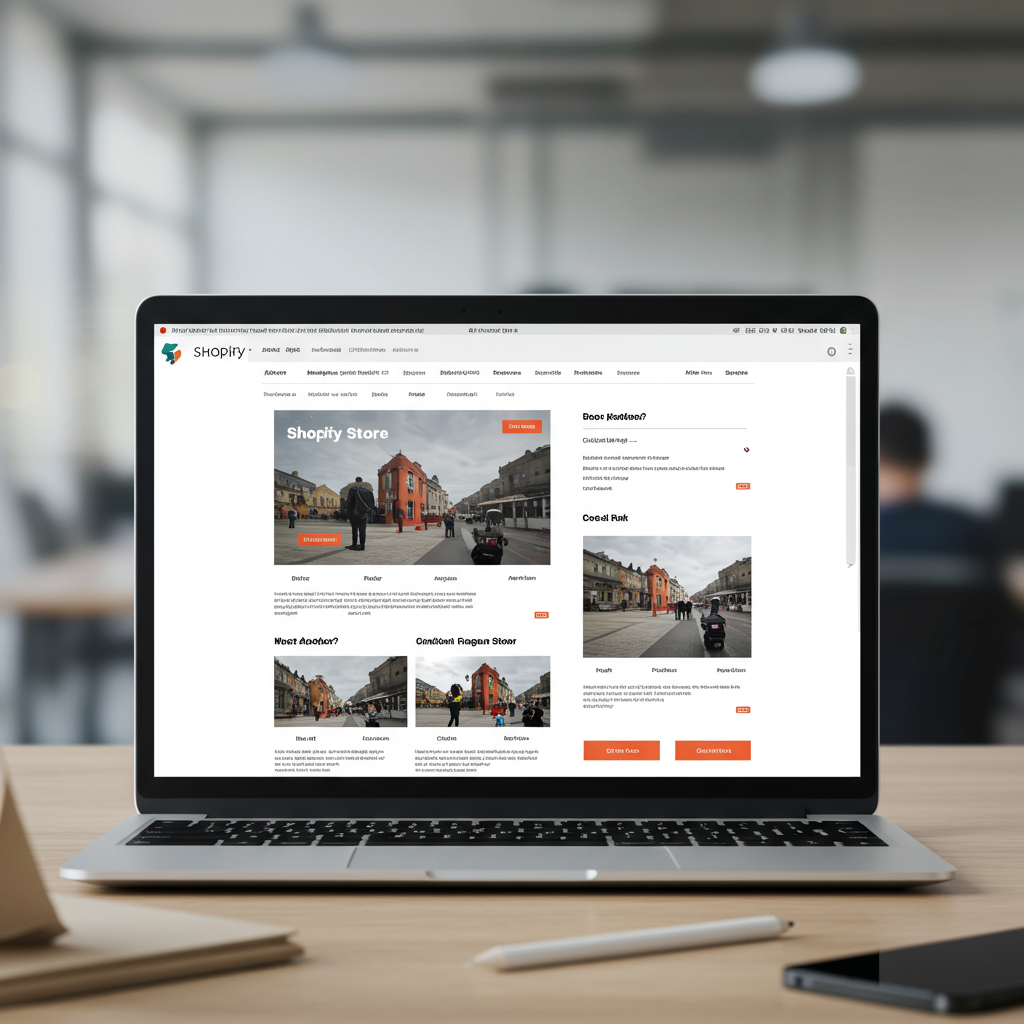Unlock higher conversions and deeper customer engagement with these forward-thinking design tips for your Shopify store’s most crucial page.
As a Shopify merchant, you know your online store’s homepage is more than just a digital storefront; it’s your brand’s first impression, your virtual handshake with potential customers.
In the rapidly evolving e-commerce landscape, staying ahead means constantly refining your approach, especially as we look towards 2025.
The design choices you make today for your Shopify homepage will significantly impact your conversion rates, customer engagement, and ultimately, your bottom line tomorrow.
I’ve spent countless hours analyzing trends and best practices, and I’m excited to share my insights on how to craft a Shopify homepage that not only looks stunning but also performs exceptionally well in the coming year.
This isn’t just about aesthetics; it’s about creating an intuitive, engaging, and highly converting experience for every visitor.
One of the most significant shifts we’re seeing is the rise of hyper-personalization, driven by advanced AI. Your homepage in 2025 should dynamically adapt to individual user behavior.
Imagine a homepage that greets a returning customer with products they’ve previously viewed or items complementary to past purchases, all without them having to search.
Another powerful trend is the integration of immersive experiences like 3D product views and Augmented Reality (AR). These technologies bridge the gap between online browsing and physical interaction.
Allowing customers to virtually ‘try on’ clothes or place furniture in their living room before buying can dramatically reduce returns and boost confidence.
Video content continues its reign supreme. Short, engaging product videos, brand stories, and customer testimonials embedded directly on your homepage can capture attention far more effectively than static images alone.
Sustainability and ethical sourcing are no longer niche concerns; they are mainstream expectations. Your homepage should subtly, yet clearly, communicate your brand’s commitment to these values if applicable.
This could be through dedicated sections, trust badges, or even a simple statement in your footer.
Mobile-first design isn’t new, but its importance will only intensify. A significant portion of your traffic will come from mobile devices, so your homepage must be flawlessly responsive and lightning-fast on smaller screens.
Finally, page load speed remains paramount. Google prioritizes fast-loading sites, and impatient customers will abandon slow pages. Optimize your images, leverage lazy loading, and choose a lightweight theme.
Your hero section is prime real estate. It needs a compelling image or video, a clear value proposition, and an immediate call-to-action (CTA) that guides visitors to their next step.
Navigation should be intuitive and easily accessible. Think about mega-menus for larger inventories, clear category labels, and a prominent search bar.
Showcasing your best-selling or new arrival products prominently is crucial. Use high-quality imagery and concise descriptions to entice clicks.
Social proof, such as customer reviews, testimonials, or user-generated content, builds trust. Integrate review apps and display star ratings or snippets directly on your homepage.
Clear and compelling Calls-to-Action (CTAs) are non-negotiable. Whether it’s ‘Shop Now,’ ‘Learn More,’ or ‘Discover Our Collection,’ make them stand out and guide the user.
Consider integrating a blog section or recent articles directly on your homepage. This not only provides valuable content but also helps with SEO and positions you as an industry expert.
Easy access to customer service information – FAQs, contact forms, or live chat – reassures visitors that help is readily available if they need it.
Beyond speed, SEO is vital. Ensure your homepage title, meta description, and headings are optimized with relevant keywords. Shopify provides excellent tools for this.
Accessibility is not just a legal requirement; it’s good business. Design your homepage to be usable by everyone, including those with disabilities. Think about color contrast, alt text for images, and keyboard navigation.
A/B testing different elements of your homepage – from CTA button colors to hero image variations – is essential for continuous improvement. Data-driven decisions always yield the best results.
Don’t be afraid to experiment with new features or layouts. The e-commerce world is dynamic, and your homepage should reflect that adaptability.
Crafting a high-performing Shopify homepage for 2025 is an ongoing journey, not a one-time task. It requires a blend of aesthetic appeal, technical optimization, and a deep understanding of your customer’s evolving needs.
By focusing on personalization, immersive experiences, speed, and clear communication, you’ll be well-equipped to convert visitors into loyal customers. I hope these tips provide a solid foundation for your homepage strategy. What do you think about this article? I’d love to hear your thoughts and any strategies you’re planning to implement!






